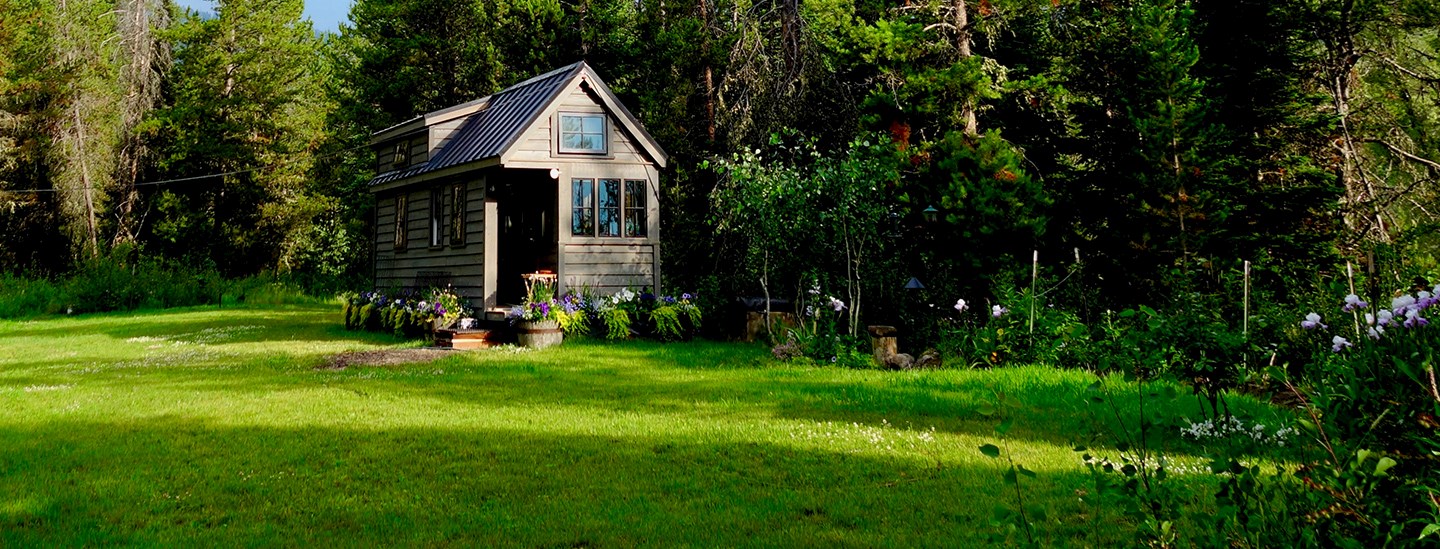Executive summary
Soaring property prices and an acute shortage of affordable housing have characterized the 21st-century housing market. Rapid urbanization and population growth have widened the gap between housing supply and affordability, leaving many struggling to secure a stable housing solution. Homeless rates have surged, the social inequality gap is getting bigger, and communities are tackling complex issues.
Micro homes, also known as 'tiny homes', offer affordable and customizable living spaces and are attracting seasoned developers and new-to-market entrepreneurs. With growing interest from a diverse buyer demographic — empty nesters, first-time buyers, holiday and tourism developers — tiny homes could become a new growth market in response to burgeoning demand for affordable housing, globally.
Challenges and connected risks remain a barrier to broader uptake. With zoning, planning regulations and building codes presenting a variable view on how and where micro home communities can be integrated into urbanized and regional/rural locations, there is more work to be done.
Insights
- Regulation, zoning and infrastructure remain barriers to achieving market scale. Planning considerations vary between countries and locations, with some local government bodies prohibiting or restricting the construction of multi-micro home developments on inner-city plots. Building codes and construction requirements also vary between jurisdictions, creating a range of risks and challenges for investors and developers looking to scale up selected markets.
- Micro homes fall into two categories: Homes built on wheels (mobile/RV) and homes on fixed foundations. Classification and intended use determines the scope of insurance, and the definition of what constitutes mobile, temporary and fixed foundation home varies between jurisdictions. Insurance is currently regarded as a specialist/niche line of risk and underwritten by specialist agencies. As the demand for micro homes continues to grow, the insurance industry may respond with a formalized insurance solution, consolidating both home types in to one product offering.
- Construction sector growth market: From reduced material costs, to innovative build formats and the ability to work around current supply chain bottlenecks, micro home communities may help construction sector operators to diversify operations while responding to the burgeoning demand for new homes during a cost of living and general affordability crisis.
- Tiny house fans champion the green credentials: With many micro homes requiring ~914 kWh a year, or approximately 7% of a median-sized home's power requirements,, a lower carbon footprint and the ability to use sustainable building materials contribute to a general thumbs up from ecologists, climate change activists and those considering a switch to micro living.



